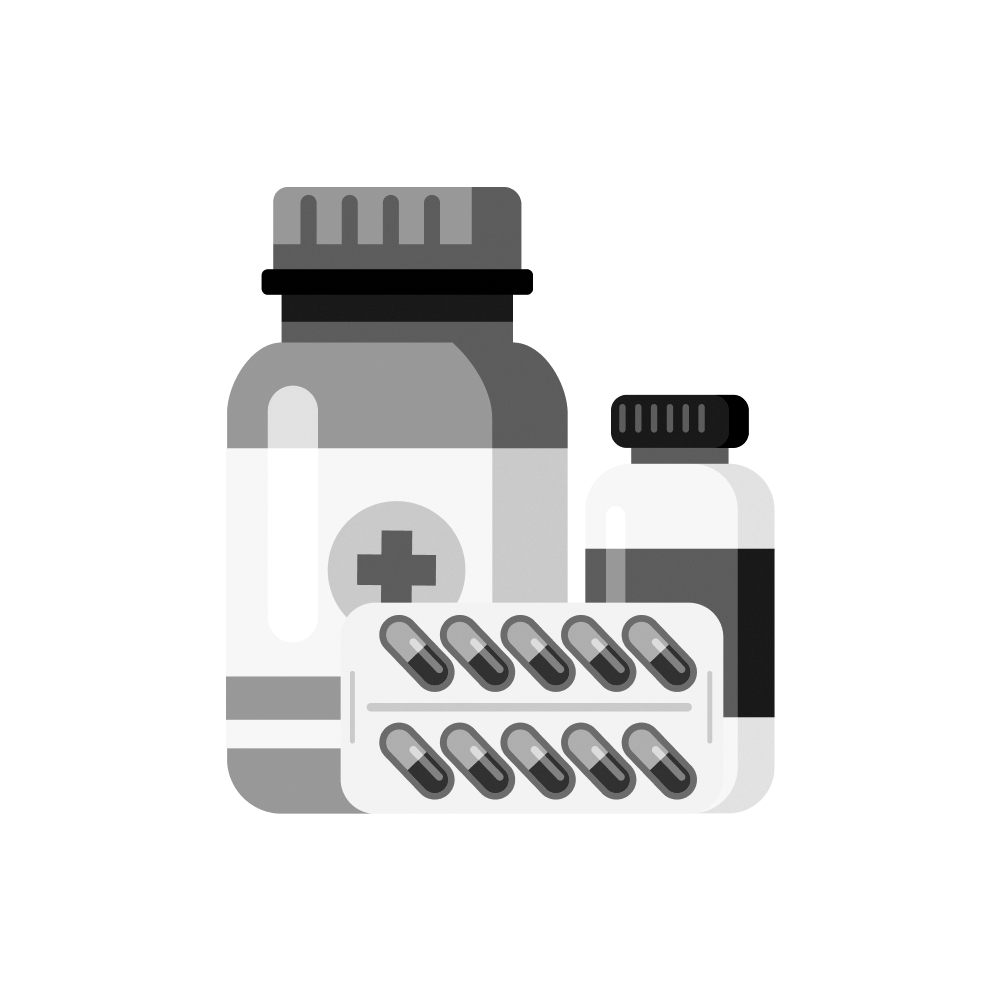

Out of stock
ব্যবসার জন্য পাইকারি দামে পণ্য কিনতে রেজিস্টেশন করুন
Register
0 People recently viewed this
Jasocaine 4%
Jayson Pharmaceuticals Ltd.
Generic: Lidocaine (Lignocaine) Hydrochloride
Safety Advices
বাংলা
English
SAFE IF PRESCRIBED
Jasocaine 4% is generally considered safe to use during pregnancy. Animal studies have shown low or no adverse effects to the developing baby; however, there are limited human studies.
SAFE IF PRESCRIBED
Jasocaine 4% is probably safe to use during breastfeeding. Limited human data suggests that the drug does not represent any significant risk to the baby.
Medicine Overview of Jasocaine 4% 4% Injection
Introduction
Jasocaine 4% is a local anesthetic used to temporarily numb certain areas of the body. It is used as an anesthetic lubricant to insert of instruments in the human body for medical procedures (e.g., catheters). It is also used for the treatment of symptoms of painful inflammation of the urethra and bladder. The most common side effects of this medicine include redness, rash, burning and itching on the area of application. These are usually mild and short-lived. Consult your doctor if any of the side effects persist or worry you. Before using it, tell your doctor if you have liver...
... Show moreUses of Jasocaine 4%
- Local anesthesia (Numb tissues in a specific area)
Side effects of Jasocaine 4%
Common
- Allergic reaction
- Application site reactions (burning, irritation, itching and redness)
How to use Jasocaine 4%
Hold the container with the extension tube aimed at the area of application. To spray, press the button. Allow a 2 second gap between two consecutive sprays. Use it as advised by your doctor or also check the label for directions before use.
How Jasocaine 4% works
Jasocaine 4% is a local anesthetic. It works on the skin by blocking pain signals from the nerves to brain. This numbs the area and decreases pain sensation.
Quick Tips
- Jasocaine 4% is prescribed to relieve itching and pain caused by scrapes, burns, rashes, bites and eczema.
- Apply it over the affected area with a clean fingertip, three to four times a day or as directed by your doctor.
- Do not apply it to broken or infected areas of skin, face, eyes or eyelids unless instructed to by your doctor.
- Do not cover the area being treated with airtight dressings such as bandages unless directed by a doctor, as this may increase the risk of side effects.
- Avoid contact with eyes, mouth, and nose. In case of accidental contact, rinse thoroughly with water.
- Consult your doctor if your skin condition has not improved after 2-4 weeks of treatment.
- Inform your doctor if you are pregnant, planning pregnancy or breastfeeding.
Brief Description
Indication
Ventricular arrhythmias, Haemorrhoids, Sympathetic nerve block, Peripheral nerve block, Perianal pain and itching, Ventricular fibrillation or ventricular tachycardia, Epidural anaesthesia, Spinal anaesthesia, Regional anaesthesia, Surface anaesthesia, Pupil dilatation
Administration
IV Preparation
Add 1-2 g of lidocaine hydrochloride to 1 L of D5W making 1-2 mg/mL solution; use (using 5-10 mL of 20% inj soln); may also use 400 mg/100 mL in D5W or 800 mg/100 mL in D5W
8 mg/mL concentrations have been recommended for fluid-restricted pts
Adult Dose
Intravenous Ventricular Arrhythmias 1-1.5 mg/kg slow IV bolus over 2-3 minutes May repeat doses of 0.5-0.75 mg/kg in 5-10 minutes up to 3 mg/kg total Continuous infusion: 1-4 mg/min IV Regional Anesthesia (IV) 4 mg/kg Parenteral Sympathetic nerve block Adult: As 1% soln: 50 mg for cervical block or 50-100 mg for lumbar block. Epidural Epidural anaesthesia Adult: 2-3 mL administered for each dermatome to be anaesthesised. Recommended doses are: Lumbar epidural 250-300 mg (as 1% soln) for analgesia and 225-300 mg (as 1.5% soln) or 200-300 mg (as 2% soln) for anaesth; for thoracic epidural: 200-300 mg (as 1%...
... Show moreChild Dose
Ventricular Arrhythmias
Bolus: 0.5-1 mg/kg IV/IO/ET, not to exceed 100 mg; follow with continuous infusion; if delay between bolus and start of infusion is >15 minutes, administer a second bolus q5-10min to 5 mg/kg, THEN
Continuous infusion: 20-50 mcg/kg/min IV
Contraindication
Hypovolaemia; heart block or other conduction disturbances.
Mode of Action
Lidocaine is an amide type local anaesth. It stabilises the neuronal membrane and inhibits Na ion movements, which are necessary for conduction of impulses. In the heart, lidocaine reduces depolarisation of the ventricles during diastole and automaticity in the His-Purkinje system. Duration of action potential and effective refractory period are also reduced.
Precaution
Hepatic or renal impairment; CHF and following cardiac surgery; bradycardia; respiratory depression; porphyria; elderly or debilitated patients; pregnancy.
Lactation: crosses into breast milk, use caution
Side Effect
Common
Cardiovascular: Hypotension
Dermatologic: Edema, erythema at injection site, petechiae, skin irritation
Gastrointestinal: Constipation, Nausea, vomiting
Neurologic: Confusion, dizziness, headache, paresthesia, somnolence, tremor
Other: Irritation symptom, Topical products; ie, erythema, edema
Serious
Cardiovascular: Cardiac arrest, cardiac dysrhythmia
Hematologic: Methemoglobinemia
Neurologic: Seizure
Anaphylactoid reactions
Malignant hyperthermia
Potentially Fatal: Hypotension and bradycardia leading to cardiac arrest; anaphylaxis.
Interaction
May increase serum levels w/ cimetidine and propranolol. Increased risk of cardiac depression w/ ?-blockers and other antiarrhythmics. Additive cardiac effects w/ IV phenytoin. Hypokalaemia caused by acetazolamide, loop diuretics and thiazides may antagonise effect of lidocaine. Dose requirements may be increased w/ long-term use of phenytoin and other enzyme-inducers.
ব্যবসার জন্য পাইকারি দামে পণ্য কিনতে রেজিস্টেশন করুন
Register